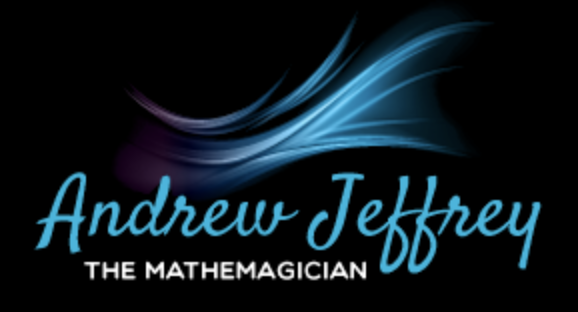Much has been spoken, posted and tweeted about this year’s Edexcel maths GCSE, specifically the question about Hannah’s sweets.
This morning on Sunrise (Sky News, 9:40am) I will be talking about how to tackle the question.
So – was it too hard or was it perfectly fair? The answer isn’t as simple as that, of course. The skills needed were:
1. Probability – specifically, the product of two probabilities by multiplication, which is definitely on the GCSE syllabus. For example, if three out of a group of 7 dogs have blue eyes, the chance that a random dog chosen from the 7 has blue eyes is 3/7. If it does in fact have blue eyes, the chance that the second dog has blue eyes is now 2/6, since 2 of the remaining dogs are blue-eyed. Therefore the chance that if two dogs are taken, both having blue eyes, is 3/7 x 2/6, or (3×2)/(7×6), or 6/42, which can be simplified to 1/7.
2. Multiplication of algebraic fractions. Again, this is part of the syllabus.
3. Re-arranging equations. Yet again, part of the syllabus.
So where did the confusion lie? I think this has arisen because of our historic tendency to teach mathematics as if in silos, as a series of un-related topics which have nothing to do with each other.
The requirement for students to combine these skills in a single question may well have been what threw them. I liken this to asking children to do a triathlon – they must swim and then cycle and then run, yet most training sessions involve only one of these disciplines. But provided we are able to swim, cycle and run, we should not see triathlon as something new, just a way of combining skills we already possess.
Another example would be learning the skills necessary to build a wooden bench – you need to learn to measure, saw, drill, glue, make joints, and so on. Yet if this is ALL you ever learn, you never get the big picture – you never make the bench.
In a sense then, I applaud Edexcel for encouraging students to start to think in this way, though it might have been wiser to prepare schools for the imminent arrival of questions such as this one, by providing some specific guidance or sample questions that combine two or more mathematical ideas.
I think that teachers would actually welcome this change to a more joined-up approach. We have an exceptional body of teachers in this country, and yet they are forced to teach children mathematics as little more than a disparate set of hoops through which to jump. The sooner we start to view these tools as a means to an end (however banal a question about yellow and orange sweets may be), the sooner children and adults alike will start to see the beauty and relevance of mathematics.
